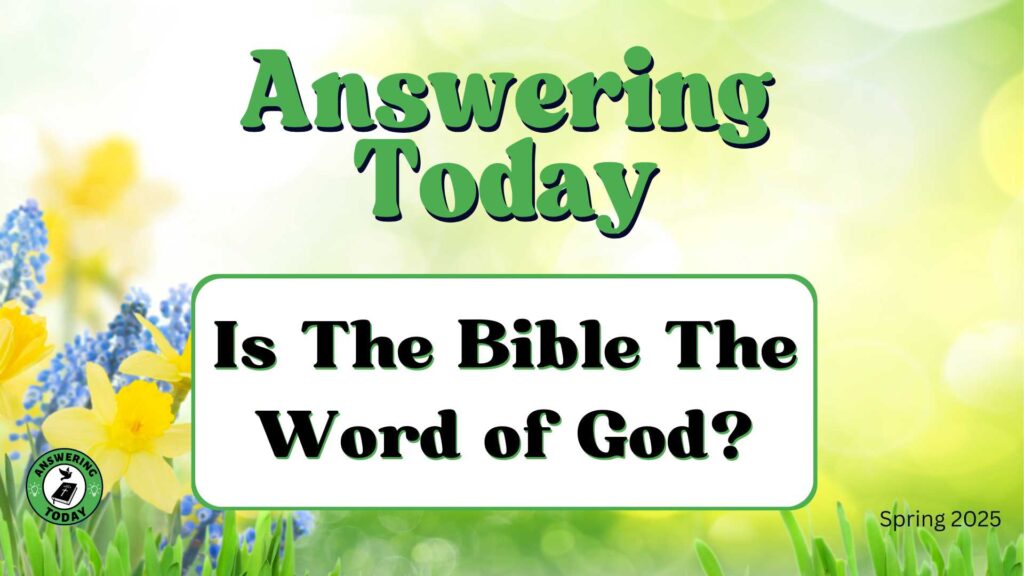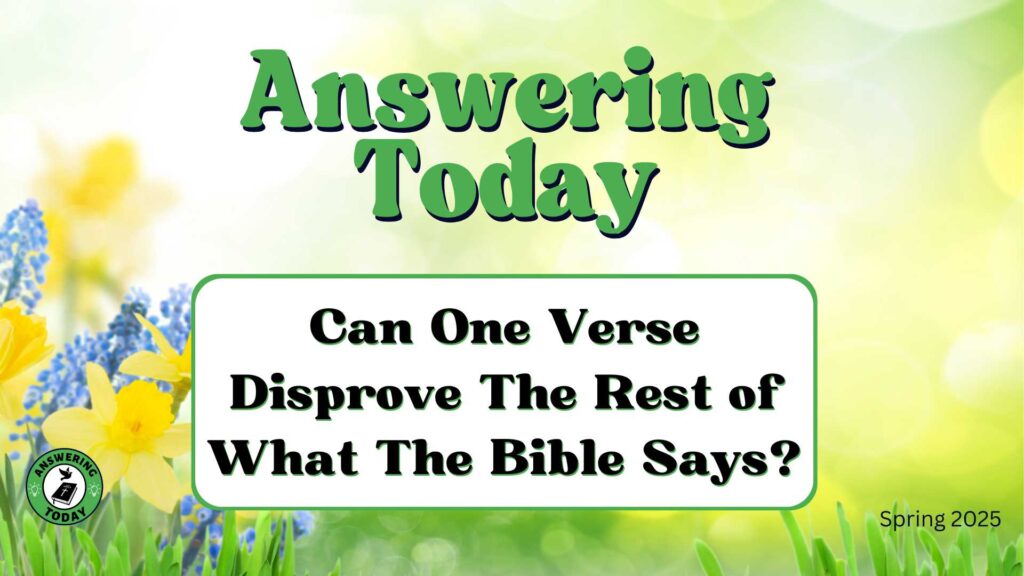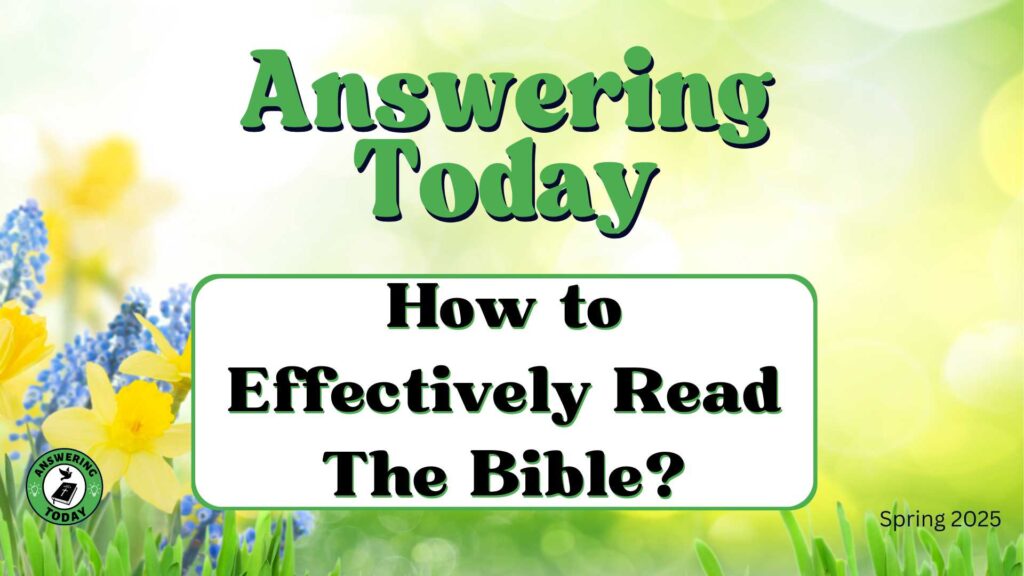QUESTION:
WHAT BIBLE VERSION SHOULD I USE?
ANSWER:
No Bible version is perfect, but many are faithful. What matters most is that you read God’s Word with a sincere and seeking heart.
Choosing the right Bible translation is a significant decision for any believer. With numerous versions available, each with its unique translation philosophy and textual basis, it’s essential to understand the differences to select a version that aligns with your faith and study preferences.
Understanding Bible Translation Philosophies
Bible translations generally fall into three categories:
-
Formal Equivalence (Word-for-Word): This approach strives for literal translation, maintaining the structure and words of the original languages.
-
Dynamic Equivalence (Thought-for-Thought): This method focuses on conveying the meaning of phrases or sentences, making the text more accessible to contemporary readers.
-
Paraphrase: These versions rephrase the original text to enhance readability and understanding, often at the expense of literal accuracy.
Formal Equivalence (Word-for-Word) Translations
-
King James Version (KJV) – Published in 1611, the KJV is renowned for its majestic prose and historical significance. It has profoundly influenced English literature and Christian theology.
-
New King James Version (NKJV) – An update of the KJV that modernizes archaic language while preserving the original’s literary beauty. It maintains a word-for-word translation philosophy.
-
English Standard Version (ESV) – A revision of the Revised Standard Version, the ESV offers a balance between word-for-word precision and readability, making it suitable for both study and devotional reading.
-
New American Standard Bible (NASB) – Known for its strict adherence to the original languages, the NASB is favored for in-depth Bible study and is considered one of the most accurate English translations.
-
Revised Standard Version (RSV) – A mid-20th-century update of the American Standard Version, the RSV seeks to preserve the best of the KJV tradition while incorporating modern scholarship.
-
New Revised Standard Version (NRSV) – An ecumenical revision of the RSV that includes gender-inclusive language and reflects the latest in biblical scholarship.
Dynamic Equivalence (Thought-for-Thought) Translations
-
New International Version (NIV) – Combining accuracy with clarity, the NIV is widely used across denominations and is known for its balance between word-for-word and thought-for-thought translation.
-
New Living Translation (NLT) – Aimed at making the Bible accessible, the NLT uses modern language to convey the original texts’ meaning, making it ideal for new believers and casual reading.
-
Christian Standard Bible (CSB) – Employing an “optimal equivalence” approach, the CSB seeks to provide a balance between literal accuracy and readability.
-
Common English Bible (CEB) – Designed for a broad range of readers, the CEB uses contemporary language to make the Bible more understandable.
-
Contemporary English Version (CEV) – With simple, clear language, the CEV is suitable for children and those new to the Bible.
-
Good News Translation (GNT) – Also known as the Today’s English Version, the GNT uses everyday language to make the Bible accessible to a wide audience.
Paraphrased Translations
-
The Living Bible (TLB) – A paraphrase of the American Standard Version, the TLB aims to make the Bible’s message clear and understandable.
-
The Message (MSG) – Written in contemporary language, The Message seeks to bring the Bible’s stories and teachings to life in a modern context.
-
The Passion Translation (TPT) – Focuses on expressing God’s heart and love, often expanding on the text to capture emotional nuances.
Other Notable Translations
-
Amplified Bible (AMP) – Expands on the text to include multiple meanings of words, providing a more in-depth understanding of Scripture.
-
World English Bible (WEB) – A modern, public domain translation that aims to be accurate and readable.
-
New English Translation (NET) – Includes extensive translators’ notes, offering transparency in translation decisions.
Translations to Approach with Caution (WE DO NOT RECOMMEND!)
-
New World Translation (NWT) – Produced by the Watch Tower Bible and Tract Society, the NWT has been criticized for translation choices that reflect specific doctrinal positions, particularly concerning the nature of Christ.
-
The Passion Translation (TPT) – While aiming to capture the emotional essence of Scripture, the TPT has faced scrutiny for its interpretative liberties and lack of traditional scholarly oversight.
Which Bible Version Should You Use?
With so many translations available, the question naturally arises: Which Bible version should I primarily use? The short answer is — choose one that you can understand well, that faithfully reflects the original Scripture, and that you are willing to engage with consistently.
Choose a Primary Bible Version
Your primary Bible is the one you’ll read most often, highlight, take notes in, and memorize from. Ideally, this version should be:
-
Accurate to the original texts.
-
Readable in your everyday language.
-
Reliable in preserving sound doctrine.
Highly Recommended Primary Versions:
-
New King James Version (NKJV)
-
English Standard Version (ESV)
-
New American Standard Bible (NASB)
-
Christian Standard Bible (CSB)
Just a quick note, AnsweringToday.Com uses NKJV in all of our studies and writings.
Use Other Versions for Comparison
While one version should be your mainstay, reading other translations in parallel can add depth to your understanding.
For example:
-
KJV has poetic and majestic language, but many find its archaic English difficult. Cross-referencing it with a modern translation can help clarify the meaning.
-
NLT or The Message can express ideas in a more modern tone or with emotional nuance, helping you better grasp the intent behind the passage.
-
AMP (Amplified Bible) offers extended meanings of Greek and Hebrew words, which is helpful for study.
Using different versions is like viewing the same diamond from different angles — each one reflects a different facet of the truth.
Final Encouragement
No Bible version is perfect, but many are faithful. What matters most is that you read God’s Word with a sincere and seeking heart. Whether you’re using the NKJV for its accuracy, the ESV for its clarity, or the NLT for its smooth readability, God will speak to you if your heart is open.
Remember, the inspiration of God was given to the original manuscripts, divinely breathed into the hearts and pens of the prophets and apostles. While no modern translation is inspired in the same way, faithful versions are reliable translations of those inspired writings and are used by God to speak to us today.
“Your word is a lamp to my feet and a light to my path.” — Psalm 119:105



